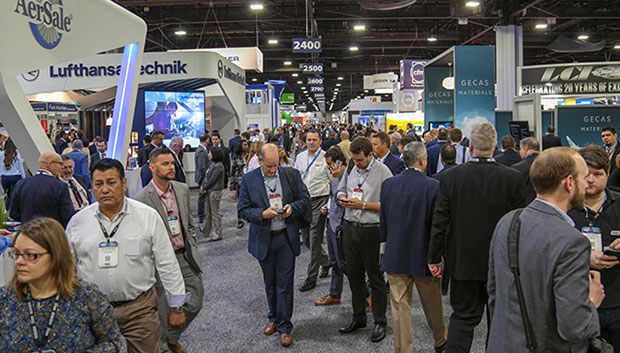The oil & gas and marine industries see a significant opportunity to reduce their carbon footprint by implementing modern, light weight technologies using less material. AM is perfectly suited to this and is especially of interest for spare parts for predictive maintenance of existing assets. Utilisation of the short lead times offered by AM, can help replace expensive inventories globally, whilst maintaining operational integrity.
An essential part of the use of AM is the ability to ensure predictable and robust material properties, especially for critical components. Hot Isostatic Pressing (HIP) is an extremely important technology to deliver this to the market, to support belief in additive manufacturing as a production process.
ProGRAM JIP, led by DNV GL, consisted of 20 companies from all parts of the value chain, from major oil & gas operators and contractors to machine and feedstock providers. The partners were: Additive Industries, Aidro, BP, Equinor, HIPtec, Immensa Technology Labs, IMI Critical Engineering, Ivaldi, Kongsberg Maritime, OCAS, Quintus Technologies, Sandvik, Shell, Siemens, SLM Solutions, TechnipFMC, Total, University of Strathclyde’s AFRC, Vallourec, and Voestalpine.
Gisle Rørvik, Advisor Materials Technology Equinor, has been the chairman of the steering committee and he expressed the following during closing of the meeting: “AM business and technology were quite new for Equinor a few years ago. For me it was the networking and learning towards establishment of the guideline that has been of greatest value and importance for our company.”
The guideline will be made available in the near future, and is focused on AM in general, with a special focus on Laser Powder Bed Fusion (PBF-LB) and Wire Arc Additive Manufacturing (WAAM). Further additions are expected for other AM technologies. The guideline was developed with input from a large group of subject matter experts in collaborative meetings, both face to face, and online.
The project guideline was finalised at the end of January 2020, describes how to qualify parts made by AM technology to provide trust and assurance to the market.
